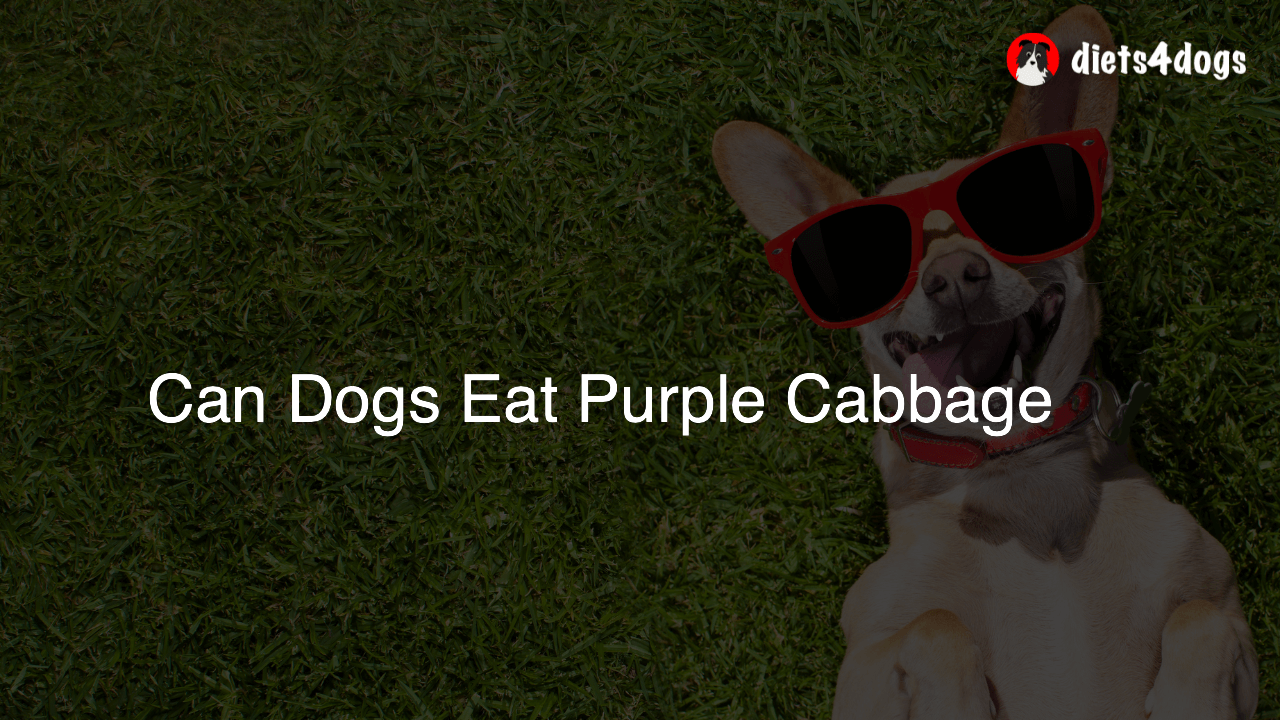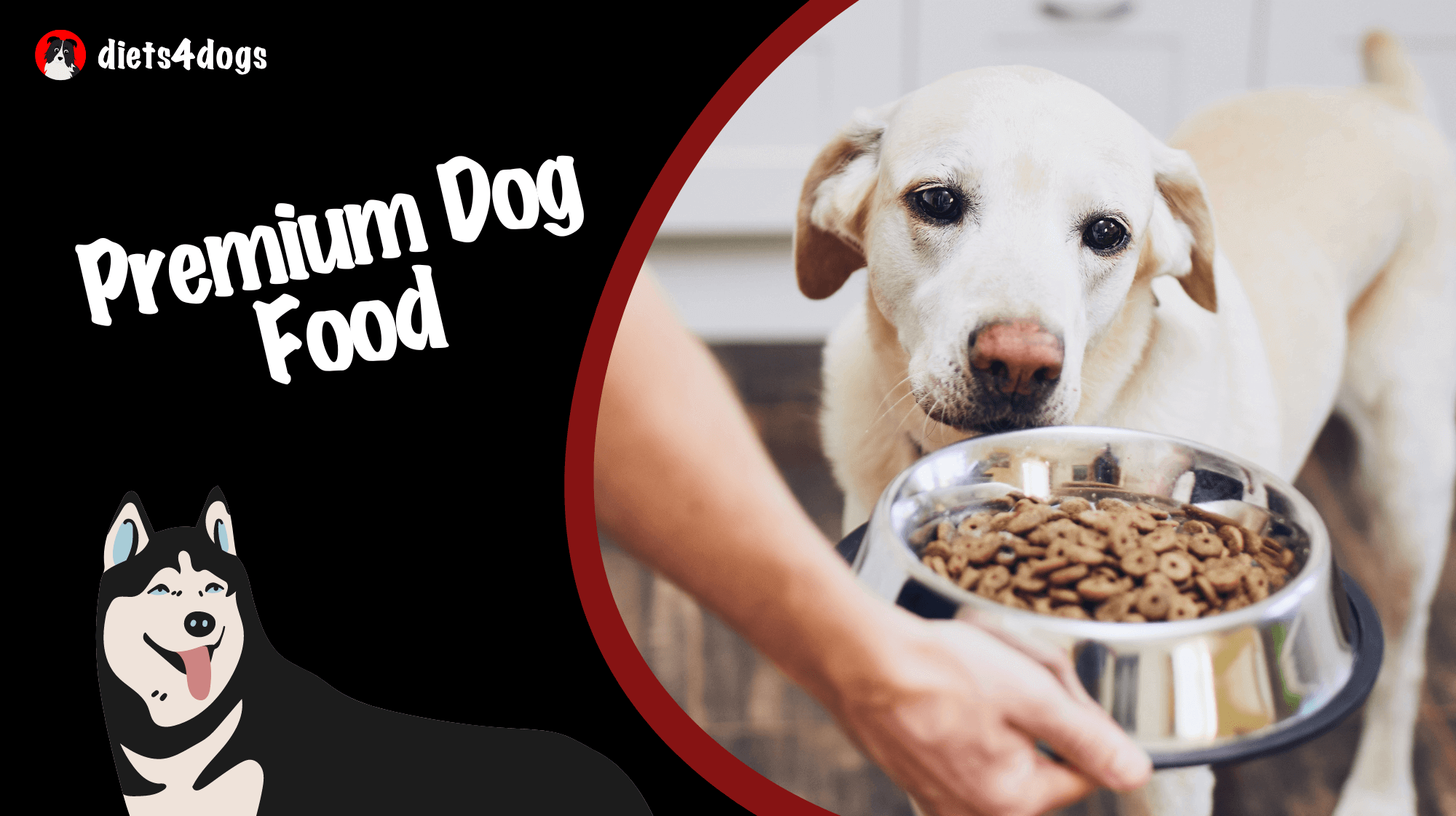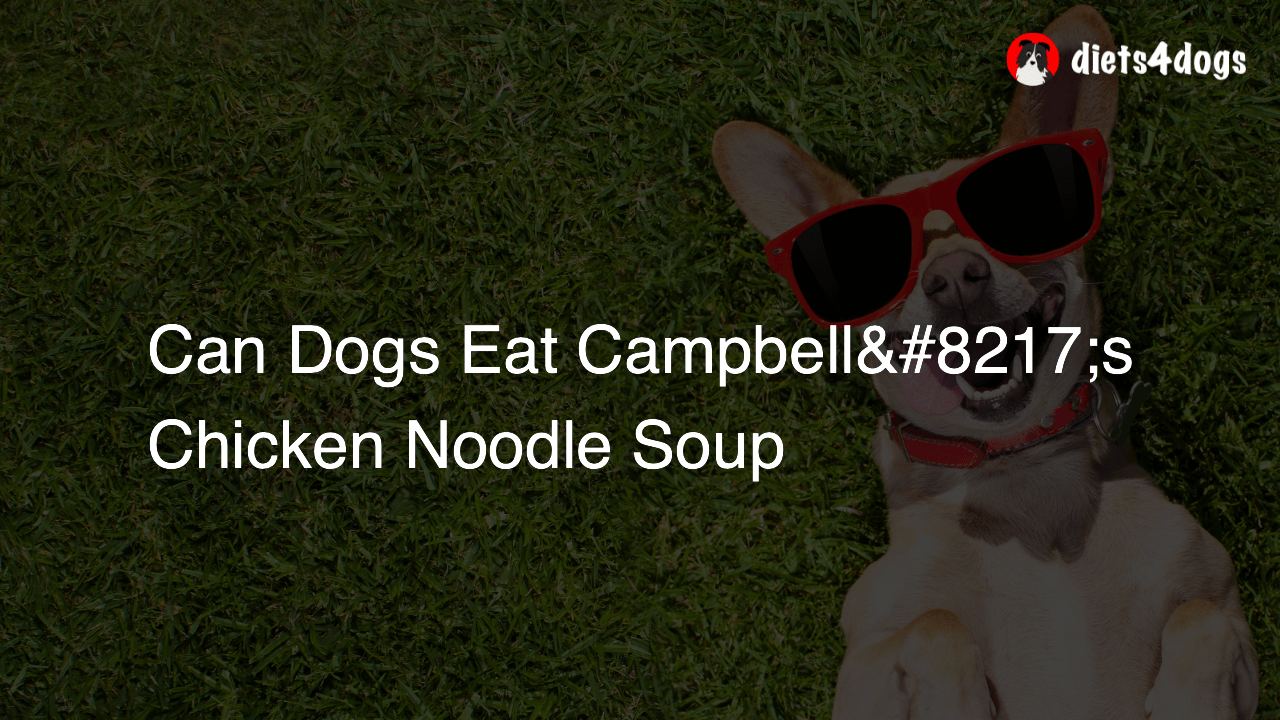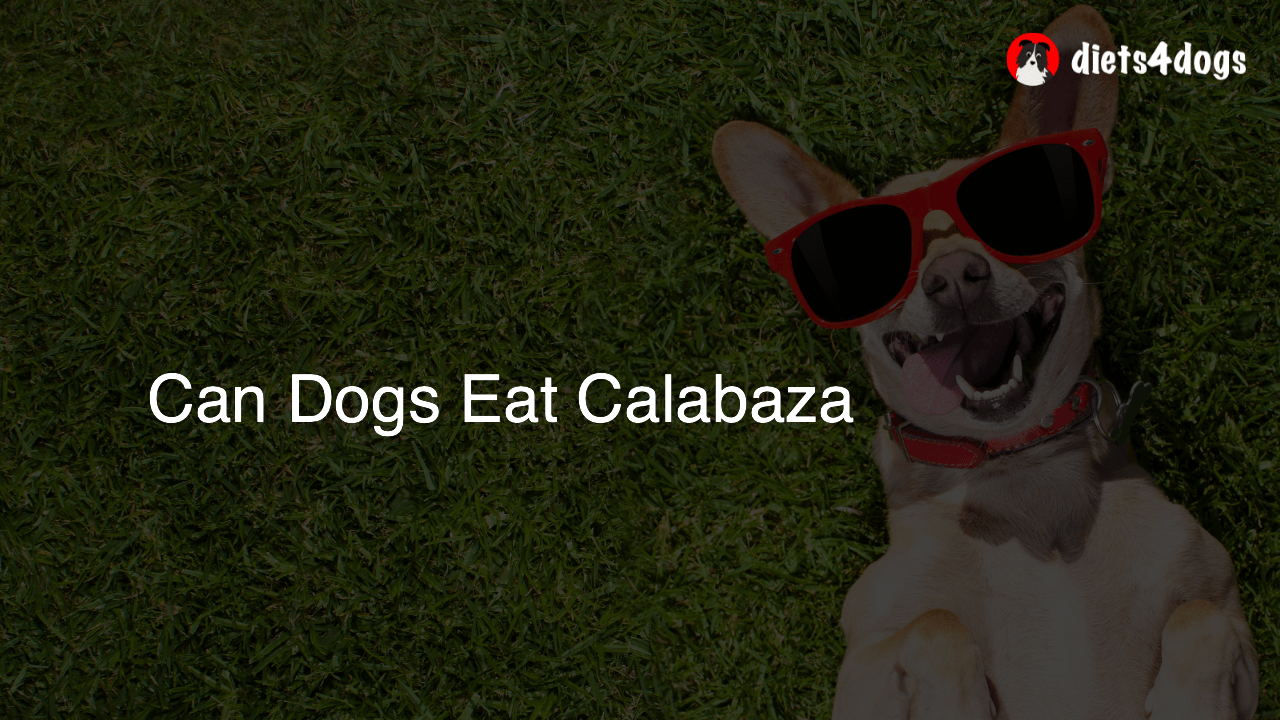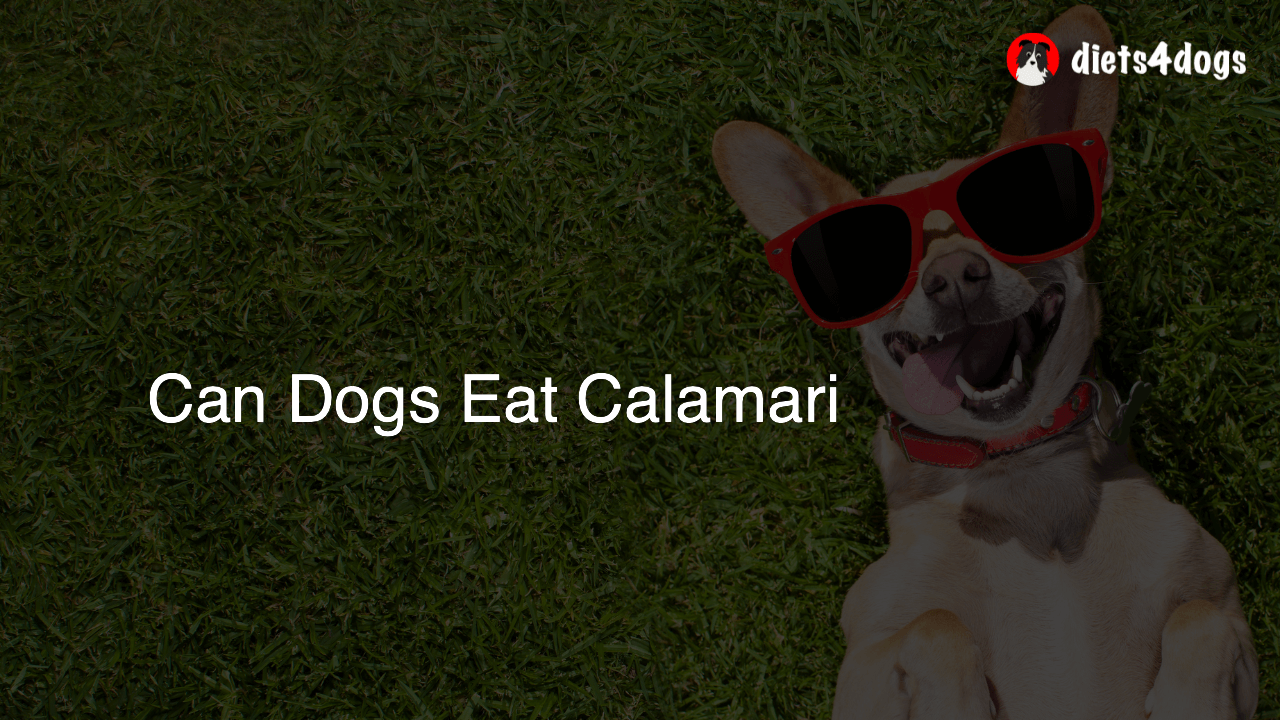Can Dogs Eat Purple Cabbage
Yes, dogs can eat purple cabbage in moderation. Purple cabbage is safe and can provide valuable nutrients, such as fiber, vitamins, and antioxidants. However, it should be served cooked rather than raw, as cooked cabbage is easier for dogs to digest. Always be sure to introduce new food gradually and avoid adding any seasonings or oils that could be harmful to your dog.
Can Dogs Eat Purple Cabbage?
Yes, dogs can eat purple cabbage in moderation. Purple cabbage is safe and can provide valuable nutrients, such as fiber, vitamins, and antioxidants. However, it should be served cooked rather than raw, as cooked cabbage is easier for dogs to digest. Always be sure to introduce new food gradually and avoid adding any seasonings or oils that could be harmful to your dog.
Why Should You Consider Adding Purple Cabbage to Your Dog’s Diet?
Purple cabbage is a nutritious vegetable that can be incorporated into your dog’s meals, offering various health benefits:
- Rich in Vitamins and Minerals: Purple cabbage provides essential vitamins and minerals such as Vitamin K, Vitamin C, and fiber that support your dog’s overall health.
- Antioxidants: Known for its high concentration of antioxidants, purple cabbage can help strengthen your dog’s immune system and protect against various diseases.
- Anti-inflammatory Properties: This cruciferous vegetable can help reduce the inflammation of your dog’s joints, which can be beneficial for those with arthritis or other inflammation-related issues.
How to Add Purple Cabbage to Your Dog’s Diet
Cooking Purple Cabbage for Your Dog
To maximize the benefits of purple cabbage, it’s essential to prepare it correctly for your dog. Raw cabbage can be difficult for dogs to digest, so it’s best to cook it before serving. Steaming or boiling are the recommended methods, as they help retain more nutrients and ensure safe consumption.
Portion Control and Frequency
Remember that moderation is vital when introducing purple cabbage into your dog’s diet. Start by adding a small amount to their regular dog food and gradually increase it to observe how your dog reacts to the new addition. Purple cabbage can be given a couple of times a week along with their usual meals, but not as a primary food source.
Potential Side Effects of Purple Cabbage for Dogs
While purple cabbage offers many benefits, it’s essential to be aware of potential side effects and considerations before adding it to your dog’s diet:
- Gas and Bloating: Some dogs might experience gas or bloating from eating cabbage. It’s essential to monitor your dog’s reaction to the new food and adjust the portions accordingly.
- Thyroid Issues: Purple cabbage and other cruciferous vegetables contain goitrogens that can interfere with thyroid function. However, cooking cabbage can reduce these compounds, making this side effect less of a concern.
- Allergic Reactions: As with any new food, there is a small chance that your dog could be allergic to purple cabbage. If you notice signs of an allergic reaction, consult your veterinarian immediately.
Conclusion
Purple cabbage is a healthy and nutritious addition to your dog’s diet when offered in moderation and cooked properly. Always introduce new foods gradually and pay attention to your dog’s reactions to ensure a positive experience. With this guide in mind, you can confidently add purple cabbage to your dog’s meals and help enhance their overall health.
Alternate Vegetables for Your Dog’s Diet
If you’re looking to diversify your dog’s diet with additional healthy vegetables, consider these safe and nutritious options:
- Carrots: Rich in Vitamin A, antioxidants, and fiber, carrots are beneficial to your dog’s digestive system and can promote good eye health. They also work well as a low-calorie treat.
- Green Beans: Filled with vitamins and minerals, green beans are a healthy, low-calorie option that provides dogs with additional fiber, helping to maintain a healthy weight.
- Spinach: As a potent source of vitamins A, B, C, and K, spinach can offer various health benefits to dogs, including improved heart health, bone strength, and immune function. However, only feed spinach in moderation, as too much can lead to digestive upset or kidney issues.
- Sweet Potatoes: Providing vitamins A, B, and C, fiber, and essential minerals, sweet potatoes are excellent for supporting your dog’s immune system, digestion, and overall health. Serve cooked and without any seasonings or additives.
Vegetables to Avoid in Your Dog’s Diet
While some vegetables may provide excellent health benefits for your dog, there are a few that should be avoided entirely:
- Onions and Garlic: These contain compounds that can cause anemia or other serious health issues if ingested by dogs. Keep them away from your furry friend.
- Grapes and Raisins: Though technically fruits, grapes and raisins can lead to kidney failure in dogs. Avoid them entirely.
- Avocado: The persin present in avocados can cause vomiting and diarrhea in dogs, making it essential to keep avocados away from your canine companion.
Tips for Introducing New Vegetables to Your Dog
When trying any new vegetable with your dog, follow these helpful tips:
- Start Slowly: Begin by offering a small portion of the vegetable alongside your dog’s regular food, and gradually increase the portion size if no adverse reactions occur.
- Monitor Your Dog’s Reactions: Watch for signs of digestive upset, allergic reactions, or any other unusual behaviors that might indicate an intolerance for the new food.
- Consult Your Veterinarian: If you’re unsure about introducing a new vegetable to your dog’s diet, seek advice from your veterinarian, as they can provide personalized recommendations based on your dog’s health history and nutritional needs.
With these tips in mind, you can safely expand your dog’s diet, providing a variety of vegetables to enhance their overall health and well-being.
Frequently Asked Questions about Dogs and Vegetables
Here are some common questions dog owners might ask when considering adding vegetables like purple cabbage to their dog’s diet. Get to know these questions and their NLP-style concise responses to better understand your furry friend’s nutritional needs.
1. How much purple cabbage can I give my dog?
Start with a small amount of cooked purple cabbage mixed with your dog’s regular food and gradually increase as needed. It’s essential to ensure that vegetables are not the primary food source and are offered only as supplementary nutrition.
2. Can I serve raw purple cabbage to my dog?
No, raw cabbage can be hard for dogs to digest. Always cook the cabbage by steaming or boiling before serving to make it easier on their stomachs and to retain nutrients.
3. Are there any other cabbage varieties safe for dogs?
Yes, green cabbage and savoy cabbage are also safe options for dogs if cooked and served in moderation.
4. Can puppies eat purple cabbage?
Yes, puppies can consume cooked purple cabbage in moderation, but focus on providing them with a balanced and nutritionally complete puppy-specific diet advised by your veterinarian.
5. Are there any vegetables dogs should avoid?
Yes, certain vegetables like onions, garlic, and avocados are toxic to dogs and should be avoided.
6. Can I give my dog store-bought cabbage in a jar or can?
It’s best to avoid store-bought cabbage that may contain added preservatives, sugars, or salt. Always opt for fresh cabbage and cook it at home to ensure your dog’s safety.
7. Can I cook purple cabbage with other vegetables for my dog?
Yes, you can cook and serve purple cabbage with other dog-safe vegetables like carrots, green beans, or sweet potatoes. Just be sure to avoid ingredients toxic to dogs and monitor your pet’s individual reactions.
8. How often can I serve purple cabbage to my dog?
It’s safe to serve purple cabbage a couple of times per week, mixed into their usual food. It should not be given daily or as their primary food source.
9. Can I use purple cabbage as a treat for my dog?
While you can serve cooked purple cabbage as an occasional treat, it’s preferable to use vegetables like carrots or green beans that can be eaten raw and in smaller portions, as they pose less risk for digestive upset.
10. What are the signs of an allergic reaction to purple cabbage in dogs?
Watch for symptoms like vomiting, diarrhea, skin irritations, excessive itching, or difficulty breathing. Consult your veterinarian immediately if you notice any signs of an allergic reaction.

